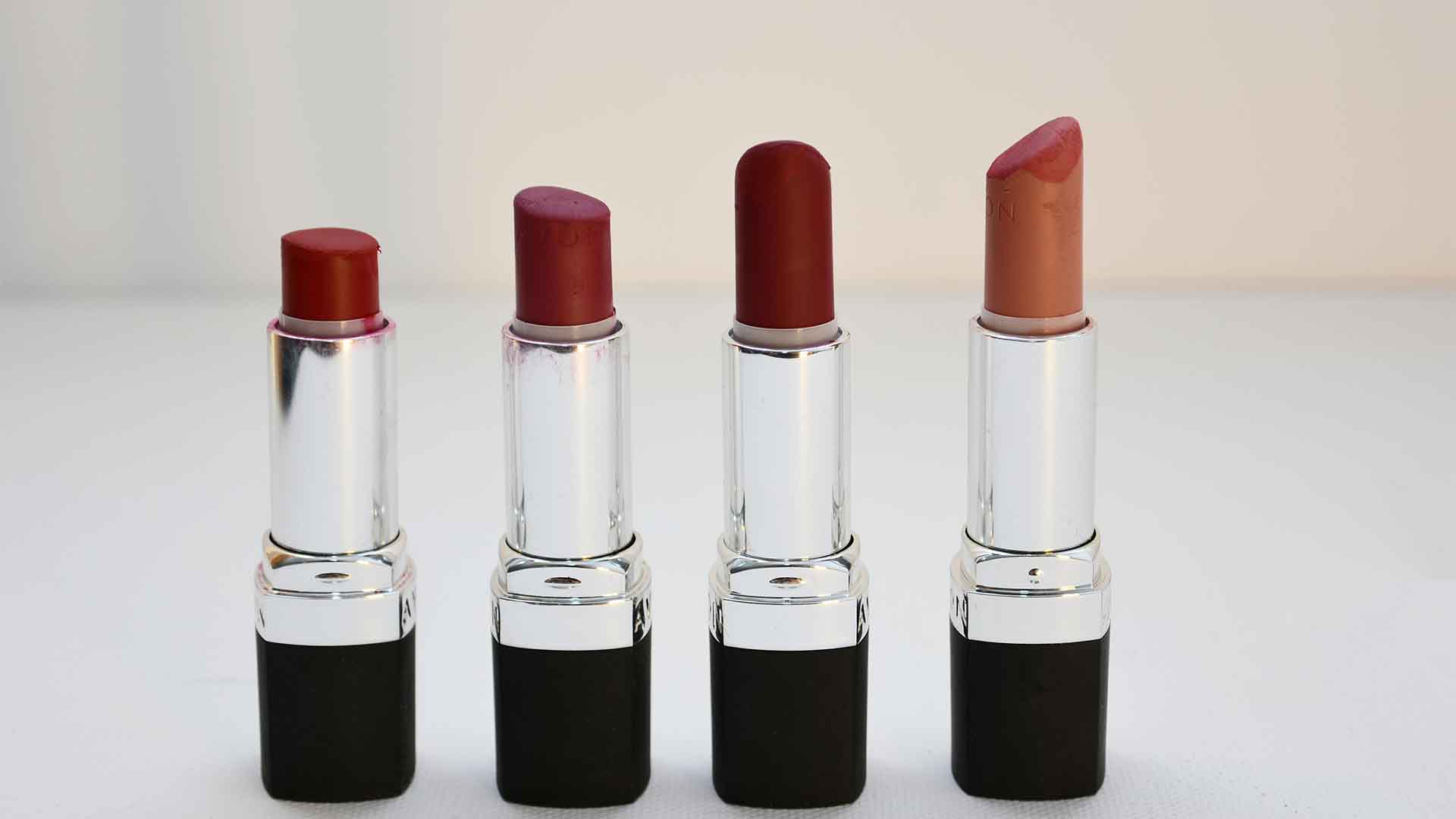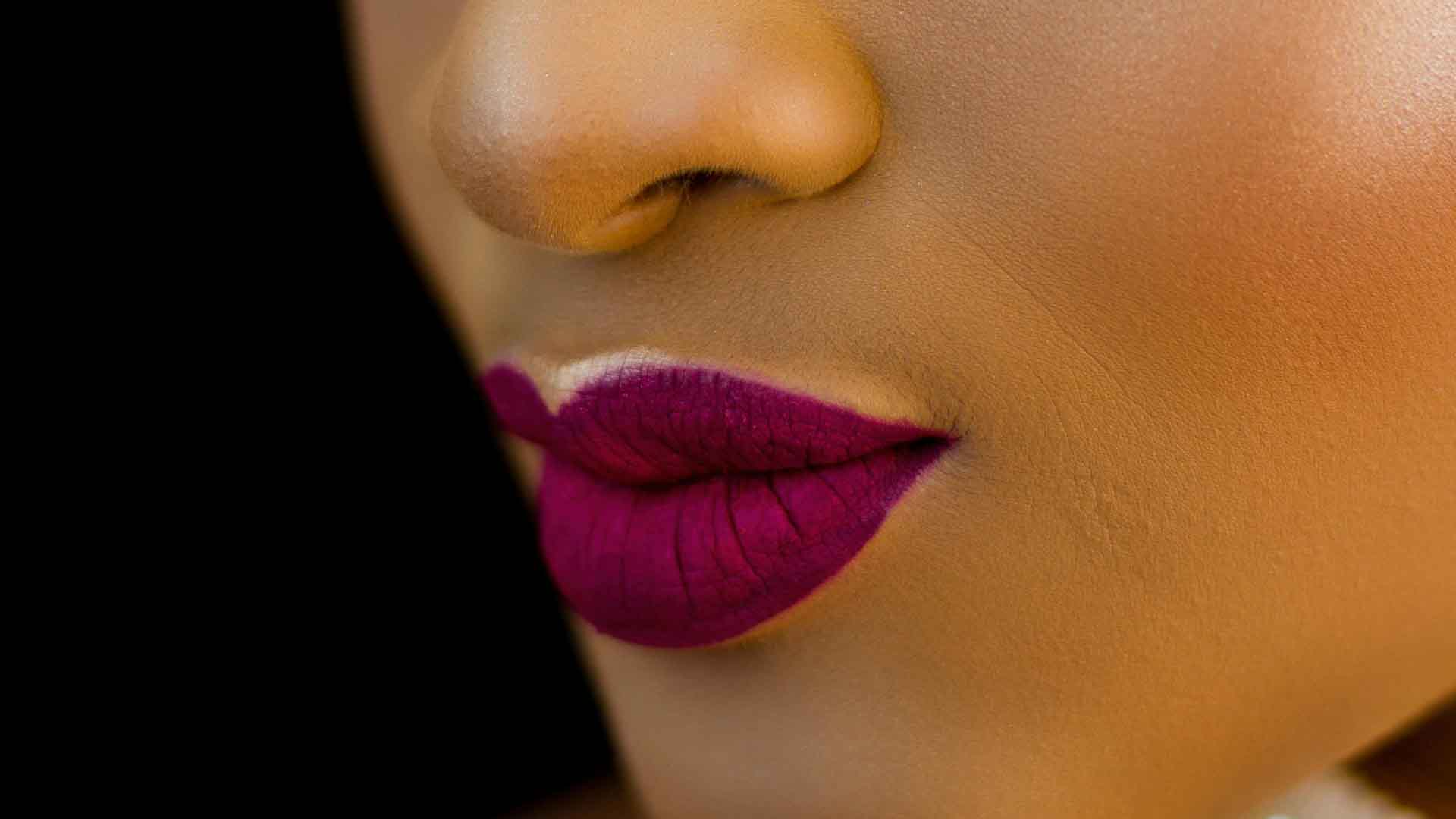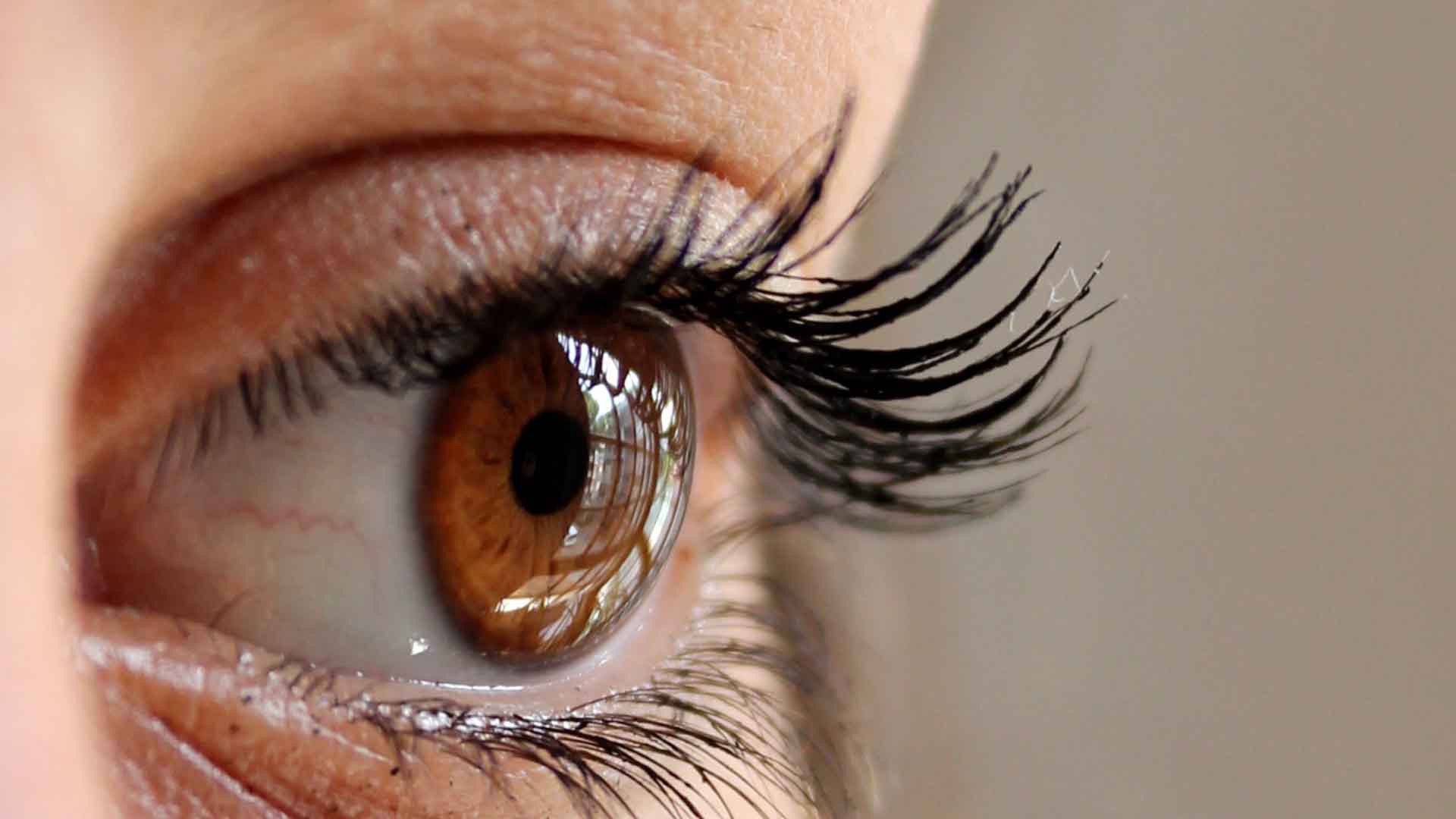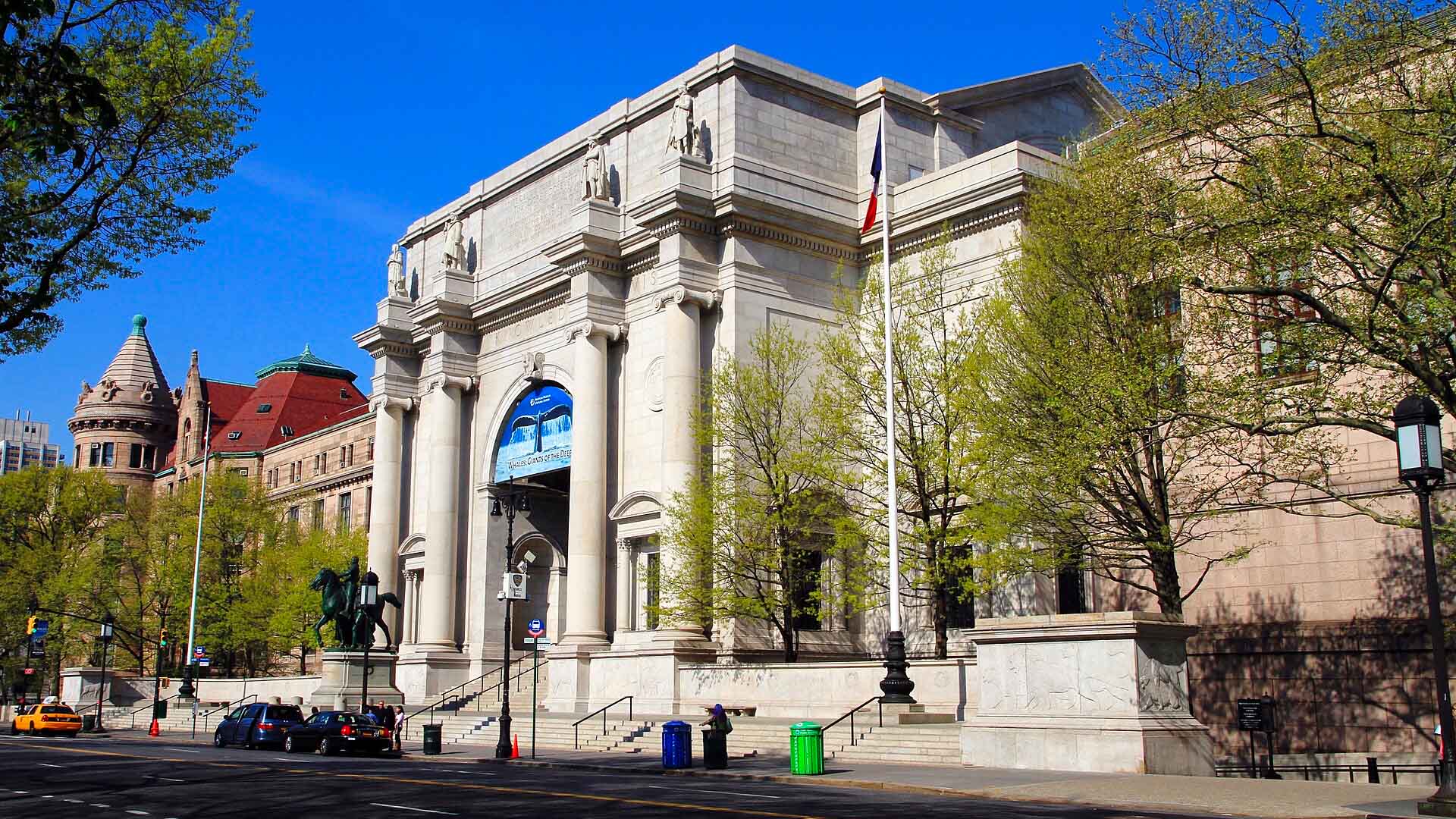This Vial Contains 4,000-Year-Old Lipstick
In the southeastern lands of Iran, within the ancient Jiroft region, archaeologists made a breathtaking discovery: a small stone vial containing a deep red substance. This wasn’t just any artifact. This vial, dating back nearly 4,000 years, likely held one of the earliest forms of lipstick known.
Found amid other treasures, this find paints a vivid picture of Bronze Age beauty rituals and how our ancestors adorned themselves.
The Science Behind the Shade
To unlock the secrets of this ancient cosmetic, scientists employed advanced techniques like X-ray diffraction and scanning electron microscopy (via Scientific Reports).

Source: vvoevale/Canva
The main ingredient was hematite, a mineral providing a rich red hue, blended with manganite, braunite, and traces of other minerals. This meticulous analysis reveals the sophisticated methods our ancestors used to create their beauty products.
A Lipstick or Not?
The intriguing contents of the vial have sparked a debate among historians and archaeologists. Was this substance truly used as a lipstick?

Source: Dids/Pexels
The vial’s shape and the red pigment suggest a cosmetic purpose, likely for adorning the lips. However, as lead study author Massimo Vidale suggests, we cannot rule out other uses, such as a blush (via CNN). Yet, the evidence leans heavily toward an ancient form of lip coloring.
Recipe of the Ancients
The ancient lipstick recipe surprisingly mirrors modern formulations. Predominantly made from minerals that render a deep red color, this ancient trinket also contains vegetal waxes and organic substances (via CNN).

Source: monicore/Pexels
This composition, remarkably similar to today’s lipsticks, shows that the pursuit of beauty transcends time, with over 80% of the substance contributing to its intense coloration.
The Color of Health
Interestingly, this ancient cosmetic formulation showcases a cautious approach to health, containing minimal lead compared to other modern makeups. This could indicate an early understanding of lead’s toxic effects, or perhaps a different aesthetic choice.

Source: National Cancer institute/Unsplash
“The content of our deep red preparation, supposedly meant for lips, was almost lead-free,” noted Vidale (via CNN). This hints at a possibly conscious avoidance of harmful substances.
The Art of Application
How did ancient people apply this vibrant substance? The slender shape of the vial suggests a careful, deliberate method of application, perhaps using a brush or a small applicator, similar to modern makeup practices.

Source: Bestbe Models/Pexels
Historical depictions, like those found in ancient Egyptian finds, show individuals applying cosmetics with precision, suggesting a universal ritual of beauty that has connected us through the ages (via World History).
Floods as Time Capsules
The story of this ancient lipstick’s discovery begins with a natural disaster. In 2001, a flood unearthed graves in Marhasi, revealing this vial among other precious items (via National Geographic).

Source: Prompart/Pixelid
This accidental discovery provided a unique glimpse into the past, bringing to light artifacts that had been hidden for millennia and offering us a chance to piece together the life and culture of ancient civilizations.
Marhasi: A Forgotten Civilization
Marhasi, once a bustling civilization with its own writing system and trade networks, is slowly revealing its secrets through these artifacts.

Source: Wikipedia
In its cultural and technological advancements, Marhasi was comparable to Mesopotamia. It played a significant role in ancient trade and military ventures. The discovery of the lipstick vial adds depth to our understanding of this enigmatic civilization’s daily life and customs.
Beauty Across Cultures
The presence of cosmetics in ancient graves, including this lipstick, highlights the cultural importance of appearance and ritual.

Source: Pixabay/Pexels
Cosmetics were not merely for the living. They accompanied the dead, suggesting a belief in the significance of maintaining one’s appearance in the afterlife — a practice that is still relevant today.
The Legacy of Ancient Cosmetics
The study of ancient cosmetics like this vial provides valuable insights into past societies’ social norms, technological prowess, and trade networks.

Source: NPS Photo
By understanding the ingredients and methods used in these ancient beauty products, we can trace the evolution of cosmetic formulations and appreciate the continuous human endeavor to enhance personal beauty.
Challenges of Cultural Preservation
The discovery of the lipstick vial amid looted artifacts also shows the challenges in preserving cultural heritage. The looting following the floods highlights the vulnerability of archaeological sites and the importance of safeguarding them against such threats.

Source: Ingfbruno/Wikipedia
It’s a reminder of the need for vigilance in protecting our shared history for future generations.
The Timeless Allure of Lipstick
From the ancient banks of Iran to contemporary beauty counters, lipstick remains a potent symbol of identity, culture, and self-expression. This 4,000-year-old discovery reminds us of the enduring nature of beauty practices.

Source: CVS
Through the lens of this ancient artifact, we see not just a tool for adornment but a timeless connection to our ancestors, highlighting the everlasting human quest for beauty and personal expression.
